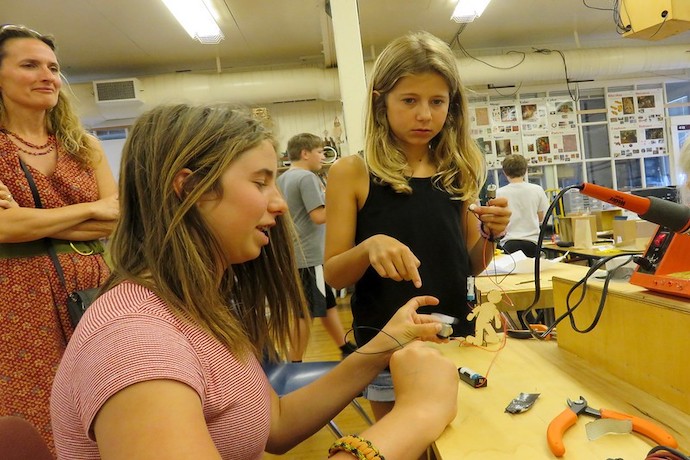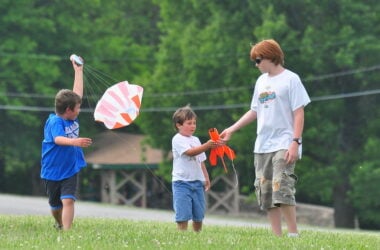My Middle School students learned about Newton’s 3rd Law of Motion, which states that for every action (force) in nature, there is an equal and opposite reaction. If object A exerts a force on object B, object B also exerts an equal and opposite force on object A. Ultimately, forces result from interactions.
Students were given an engineering challenge with the goal to build a Ball Run Game using cardboard, construction paper, hot glue, tape, and paint where the winner would be determined by the game that has the ball which takes the longest to travel through the design. Students used TinkerCAD to model their design and discover the materials they will need for their project.
During this project, students also explored the study of motion called Kinematics. How are quantities like distance, time, and velocity related? What do they have to do with the ball’s path and how long it takes to travel through your machine?
After creating a list of materials needed, students worked in a collaborative group or partners to start building their model. Using the Design and Engineering Process throughout the build time was essential because students needed to test their game and find additional ways and obstacles to add in order to slow the ball as it moved through the Ball Run.
During the iteration phase, a timer was used to find the time the ball took to travel. Groups collaborated to problem-solve and find additional obstacles to add to their design. Some examples of obstacles used by groups were levers, inclined ramps, and moving doors with the goal of getting the ball to slow down during the Ball
Run game.
Once the design was altered, students used the Design and Engineering Process again to test and determine if additional design elements and engineering improvements were necessary. This process is called iteration.
Once completed, the Middle School students displayed their projects in a common school area and younger students were invited to participate, test and play the games using ping pong balls.
This project was inspired by the Paper Ball Run Challenge published by Science Buddies.










